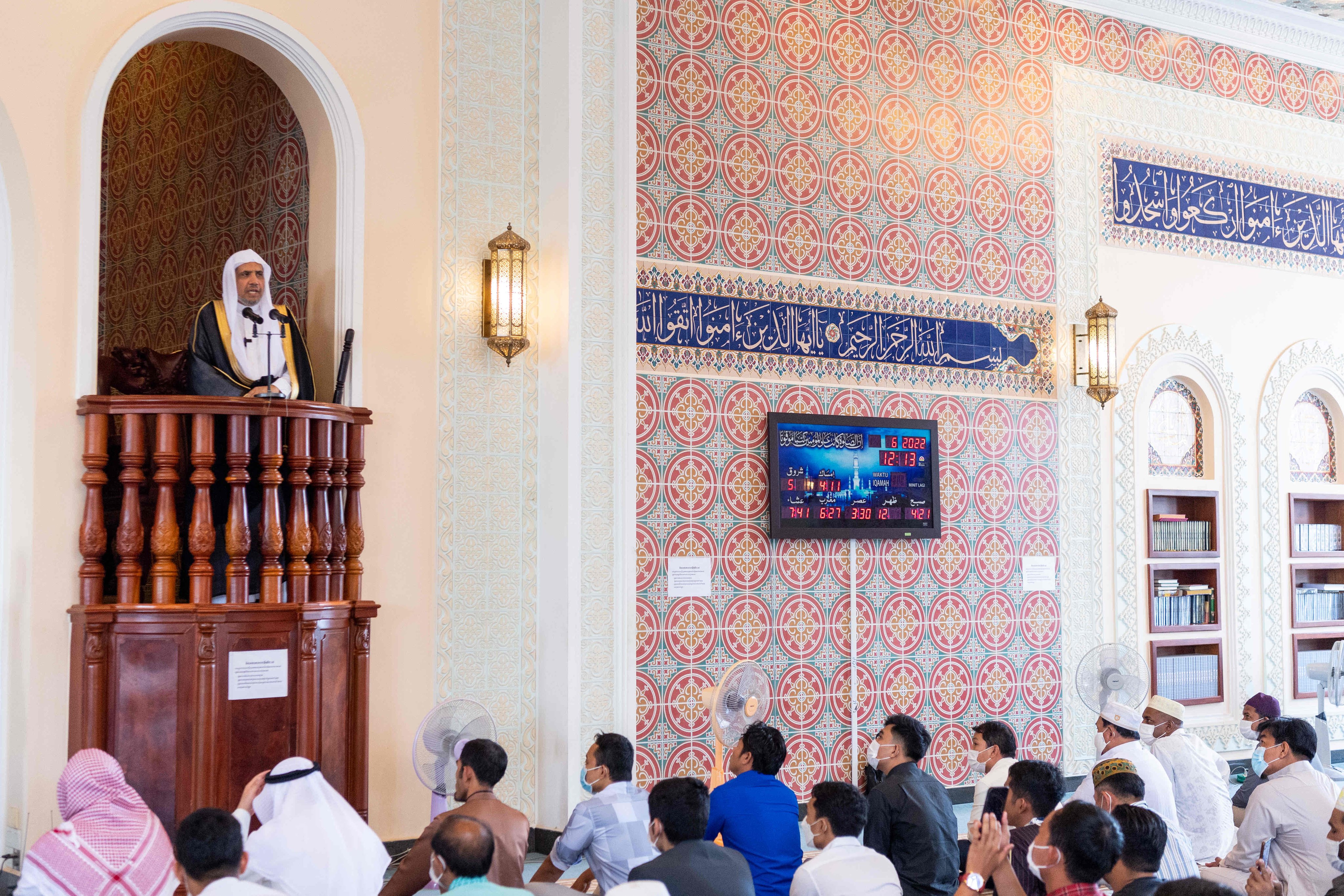
Since its emergence in the early 1990s among Cambodia’s Muslim minority (about 5 percent of the population), Salafism has undergone significant changes, with young Salafis seeking cooperation and understanding with other Islamic groups. Writing in Mediterranean Politics (online October 7), Zoltan Pall (Austrian Academy of Sciences) explains that these younger adherents have sought to build ties particularly with the Shafiʿis and the Jamaʿat al-Tabligh movement, as well as trying to generally become more embedded in the local Cambodian context. The Salafi movement had primarily been introduced by Cambodian students who had studied at Islamic universities in Saudi Arabia, particularly the Islamic University of Madinah (IUM). Salafism gained traction in Cambodia in the context of the leadership vacuum that followed the Khmer Rouge’s destruction of religious infrastructure and elimination of religious leaders. Moreover, Salafi scholars had the prestige of having gained knowledge in Saudi Arabia and could provide precise answers to religious questions by quoting hadith from memory, which impressed many villagers. But Salafism functioned as a counter-religion, with adherents viewing themselves as the sole holders of absolute truth and aiming to purify what they considered corrupted practices. Those Cambodian Muslims whose traditional practices had managed to survive through the Khmer Rouge dictatorship felt more attracted to Tabligh.

Great Mosque in Phnom Penh, Cambodia (source: Muslim World League).
The transformation of Salafism has been partly driven by socioeconomic changes, a diversification of educational destinations beyond Saudi Arabia, and a growing influence of Southeast Asian Islamic institutions. There is also the factor of generational change, which has brought a greater interest in national integration and in reconciling religious identity with modern life, as well as efforts in the 2010s by the Ministry of Religious Affairs to integrate Salafis into the structure of the Islamic administration and other state and societal institutions. As young pious Salafis are becoming eager to live a middle-class, urban lifestyle, they have become more receptive to reconciliation rather than isolationism. An important agent for change has been the informal network around the graduates of Fatoni University in Southern Thailand (FTU, formerly Yala Islamic College). “FTU is the flagship institution of the al-Salam movement that dominates the Salafi scene in the Malay-speaking provinces of South Thailand,” and is known for its moderate views. Although not all Salafis agree and traditional Salafi groups tend to oppose such trends, young Salafis are looking for ways to reconcile their Islamic identity with their Cambodian heritage instead of being foreign to it, which includes embracing certain cultural elements (such as festivals) while maintaining their religious beliefs. The emergence of post-Salafi trends shows the adaptability of religious movements, the importance of local context, the role of education in religious change, and the impact of generational shifts.